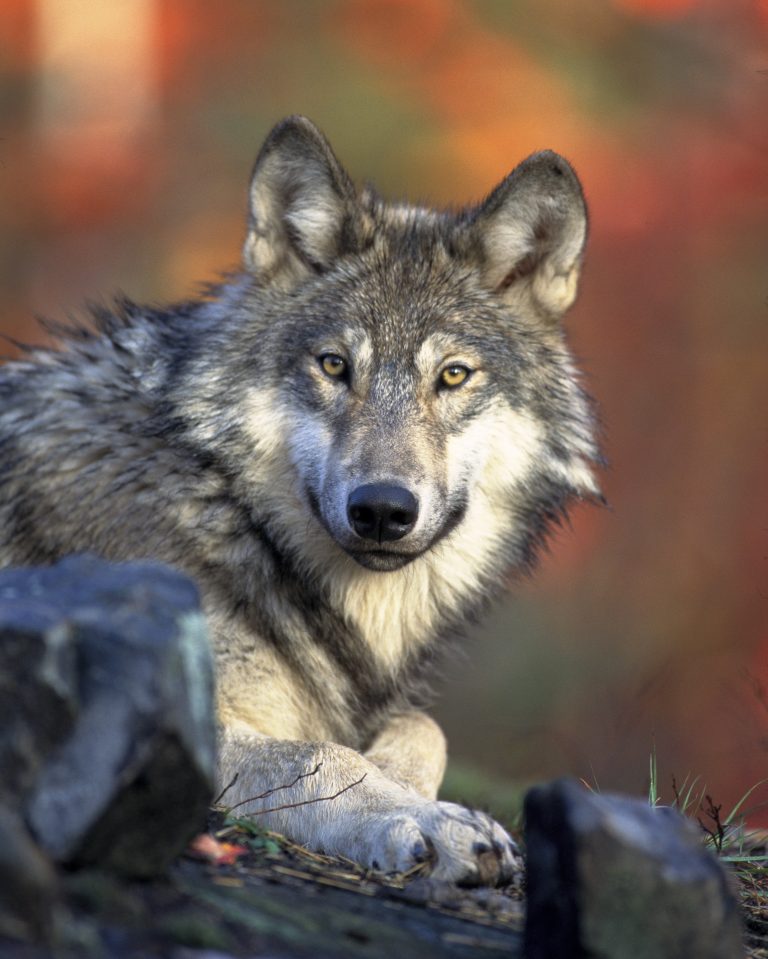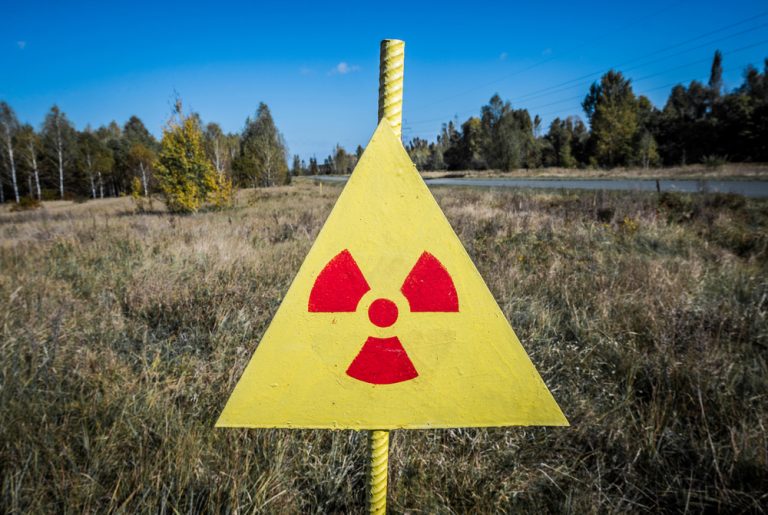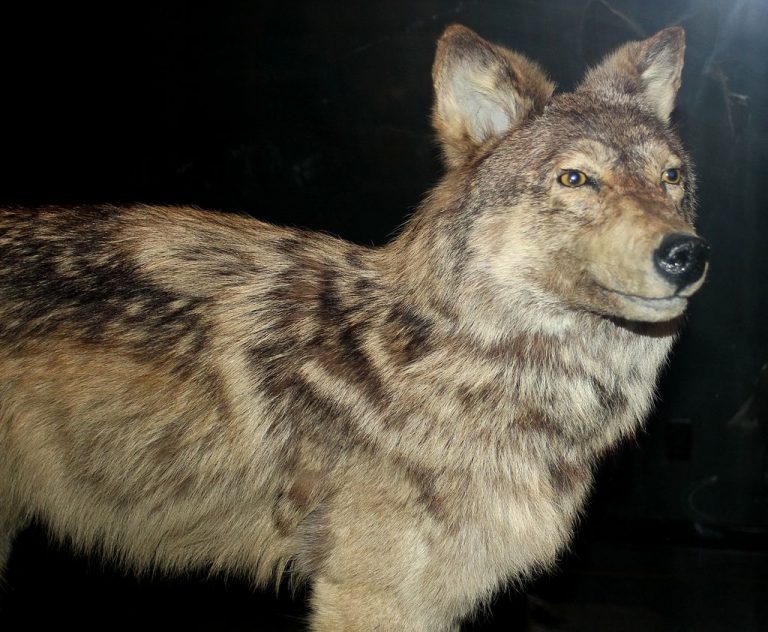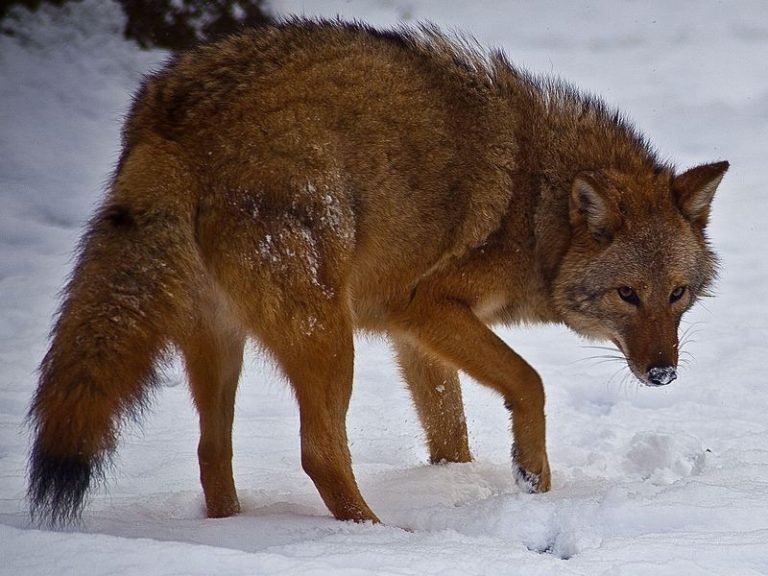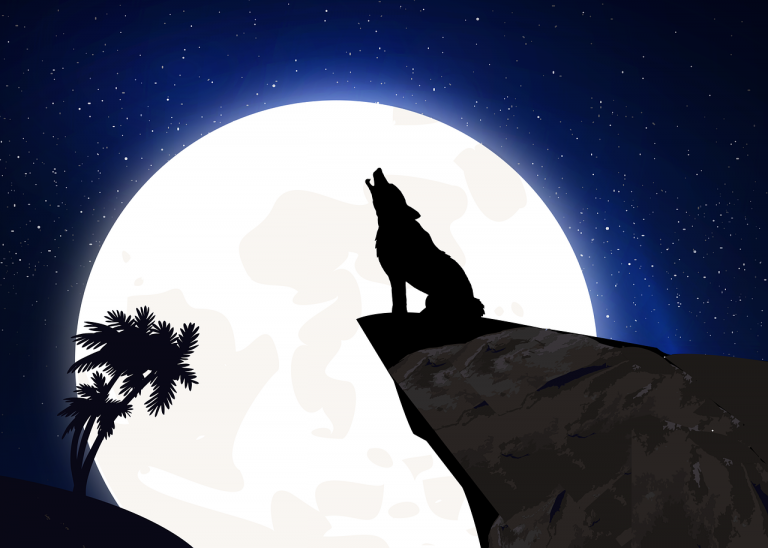10 Places To Visit Wolf Sanctuaries And Reserves Worldwide
The Wolf is one of the most persecuted mammals on Earth. Here are 10 places to visit wolf sanctuaries and reserves protecting them.
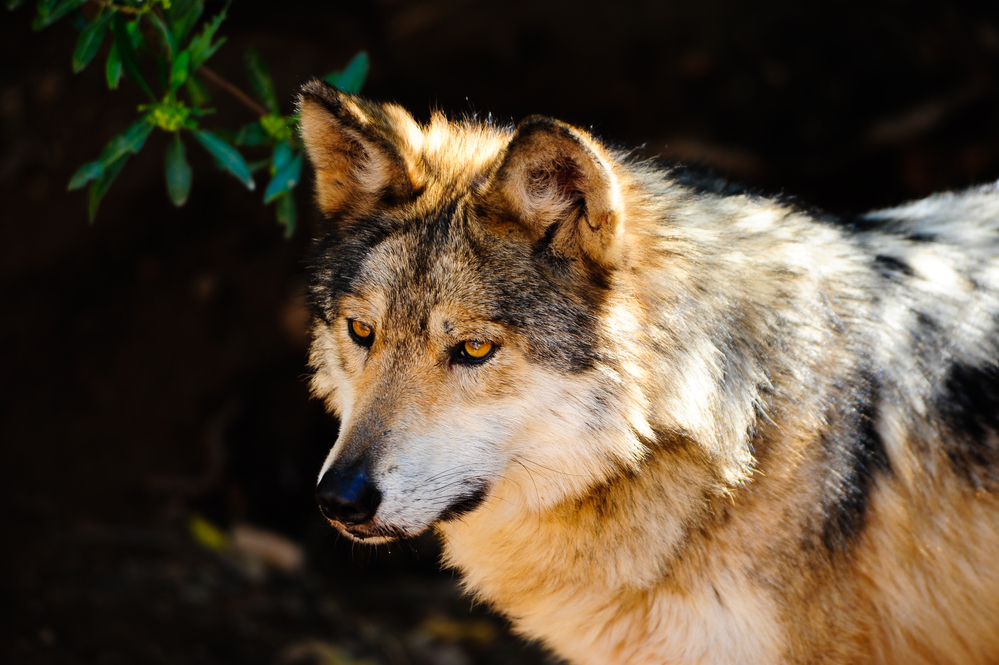
Wolves have been persecuted by humans for centuries now, there’s no doubt about it. In fact, many species of wolf actually no longer exist. For instance, wolves like Japanese wolf and the dire wolf were once abundant in their native territories but that’s no longer the case.
Certainly the only place you can see them now is in museums and the history books.
And this is not restricted of just one culture or country: from Africa to Europe and North America the wolf-to-human conflict, and unnecessary superstitions continue with some governments even allowing the execution and bounty hunting of these animals.
However, just like every other issue concerning humans, there will always be differing opinions. Because of that fact, some countries, organizations, and even individuals have taken up the responsibility to protect rather than kill wolves around them.
Wolf sanctuaries and reserves may be a more practical option for most people to come as close as possible to these creatures, remain safe, and not disrupt the animals’ daily activities.
We’ve done a round-up of 10 wolf sanctuaries and reserves that you could visit worldwide arranged by country and continent.
They’ll give you a better picture of the kind of challenges these animals face and you may even find the opportunity to help their cause.
10 Wolf Sanctuaries And Reserves Worldwide Arranged By Country And Continent
1) Ethiopia (Africa)
The Simien Mountains National Park is one of the last remaining refuge for the most endangered wolf on Earth: the Ethiopian Wolf. This wolf is also known as the Simien Fox, the Simien Jackal, Loup D’Abyssinie, and Lobo Etiope.
Unfortunately, the Ethiopian government has not approved the proposal by researchers to start a captive breeding program though that could help save the few remaining individuals of this species. There are presently less than 500 of them left alive.
Other species you will see when you visit include the Gelada Baboon, and the also endangered Walia Ibex.
2) India (Asia)
Kumbalgarh Wildlife Sanctuary, Rajasthan would be your best bet to see some Indian wolves (Canis Lupus Pallipes). There are actually just a few thousand of them left. In summer months, you can easily spot packs of them roaming around the water sources in the sanctuary.
3) Kazakhstan (Asia)
Kazakhstan holds the record for the world’s largest wolf population: approximately 90,000 individuals! And despite several years of killing and bounty hunting, this population continues to thrive.
Do visit the Altyn-Emel National Park to see them up close. This is the major natural reserve there and as a bonus you’ll get to see a multitude of other species like Siberian mountain goats, desert deer, foxes, eagles, etc.
4) France (Europe)
Les Loups de Chabrières was set up with the aim of educating the public about wolves and to help repair the negative picture people have of them.
Several packs of European gray wolves roam freely over many acres of land. Also, you can watch them undisturbed from behind a giant wall with windows.
5) Germany (Europe)
Wolfspark is a park and research center just outside Merzig with landscaped enclosures and it is home to different wolf species from around the world.
The sanctuary is run by Werner Freund. He has been studying and breeding wolves for 30 years now. This is one of the few places where you’ll see so many different species of wolves in one spot.
6) Romania (Europe)
This country is home to Europe’s biggest wolf population. There are about 3,000 wolves in the Carpathian Mountains alone (according to the NWF).
Other animals that live there include bears and lynx.
7) United Kingdom (Europe)
At Wolf Watch UK, you can visit, photograph and listen to the wolves and wolf-hybrids. The sanctuary was created by wolf admirers who wanted an alternative for wolves that were not doing well in zoos and wildlife parks.
Note that they don’t allow visitors that are less than 5 feet tall into the sanctuary.
8) Canada (North America)
Canada is home to a number of wolf sanctuaries and reserves including:
- British Columbia Wildlife Park Kamloops
This park accepts injured, orphaned and sick local wildlife of different species including wolves, black bears, grizzly bears, lynx, cougars, different birds of prey, badger, bison, reindeer and elk.
- Haliburton Forest Wolf Centre Ontario
The Haliburton Forest Wolf Centre is huge. About 15 acres of land are dedicated to house the packs of gray wolves there.
9) The United States Of America
The USA has the highest number of wolf sanctuaries and reserves of any country: almost 40 in total. Here are just a few of them:
- Minnesota’s International Wolf Center or International Wolf Center.
The International Wolf Center in Minnesota has daily programs for visitors though reservations are required. You’ll get to meet ambassador wolves, attend educational seminars or just embark on a learning vacation.
- Yellowstone National Park Wyoming
Wolves were re-introduced into this area 1985 after being wiped out. Now, many packs live in Yellowstone National Park, most of them around Lamar Valley. Over 100,000 visitors come yearly to see the wolves and the best time to go is in February though you may still spot them all year round.
- Gila and Apache National Forests, Arizona and New Mexico
The rare and almost extinct Mexican wolf lives in the Gile and Apache National Forests. There are just about 40 wolves there and they are protected in an area called the Blue Range Wolf Recovery Area.
- Denali National Park And Preserve, Alaska
Presently, Denali Park may have one of the populations of wild wolves in Alaska: about 7,000 to 11,000 of them. You’ll easily see and hear them especially near the main road. Other animals that live there include: grizzlies, wolf, sheep, moose and caribou.
10) Brazil (South America)
The Maned wolves (though not true wolves), mainly live in Brazil specifically the Canastra National Park. There are just under 24,000 of them left and they are classified as Near Threatened.
There are so many other wolf sanctuaries and reserves also worthy of mention like: Alpha – le Temps du Loup, Le Boréon, (France), The Parc des Goups du Gévaudan, (France), and The Majella National Park (Italy).
Others are the Northern Lights Wildlife Wolf Centre (Canada), Wolf Adventure (Canada), The New York Wolf Conservation Center, and over 30 more locations in the USA alone.
Every one of these wolf sanctuaries and reserves vary greatly in size from small private operations, to large government-funded facilities. However, the goal is the same: save the wolf before it disappears into history.

